Advertisement
Treasure In An Umbrella Stand: The Morse Hockey Stick
Resume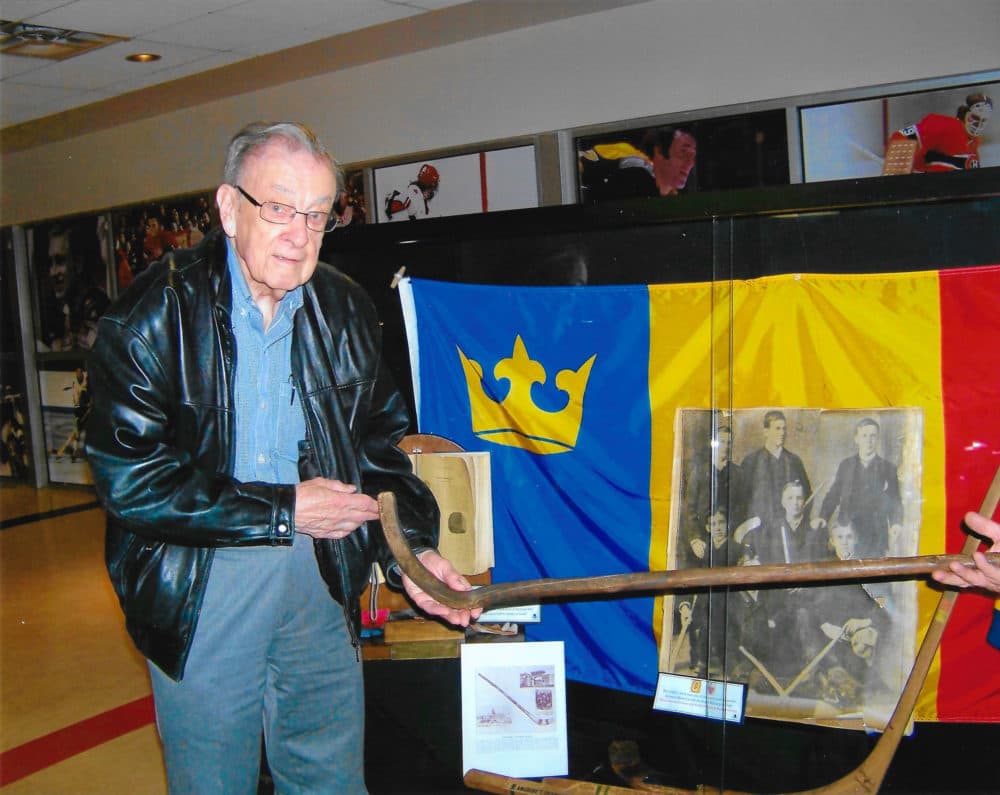
What would you do if you found an old piece of wood, and experts told you that piece of wood could be worth millions? You'd probably put it up for auction.
That's exactly what Germaine and Gary Morse of Northfield, Vermont, have done. The auction ends this weekend, and we spoke to them earlier this week.
KG: OK, so let's explain what you found and where you found it. When did you first start to think that that old piece of wood hanging out in your umbrella stand might be worth something?
Germaine Morse: I got curious about it about five or six years ago. And I remembered seeing something online about the Gordon Sharpe stick. And I guess they called it the “Rutherford Stick.”
KG: The Rutherford Stick dates as far back as the 1850s. So how did a piece of wood that looked an awful lot like the Rutherford Stick end up in your umbrella stand? Gary, where did it come from?
Gary Morse: Germaine's brother.
Germaine: He found the stick sometime after purchasing his grandmother's home in 1980. While cleaning out a closet, he came upon the stick and offered it to us rather than throwing it in a dumpster.

KG: How would the stick have ended up in your family?
Germaine: We don't know.
Gary: Germaine's grandmother's house that her brother bought was a double tenement, one side of which was used all for storage. And this was at the back of a closet. So, whether or not it was something handed down through their family, or if a tenant left it there, there's no way to prove any of that.
Germaine: So we did stick it in what we call the umbrella stand, but it's actually an old crock. We just stuck it in there and forgot about it, really.
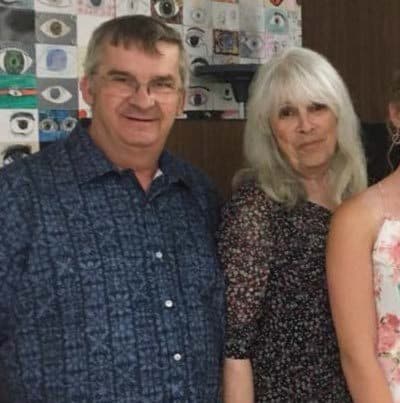
KG: So, when you realized that it was similar to this very old hockey stick, what's the first thing you did? Did you run around and tell the neighbors about the potentially valuable hockey stick in your umbrella stand?
Germaine: No.
Gary: No. The first thing we did was took it out of the umbrella stand.
Germaine: We were just holding our breath and keeping it quiet as long as we could, 'cause we didn't want anybody to know it was here.
KG: So eventually you found some experts to take a look at the stick. Who did you find, and what did they say?
Germaine: Well, mostly, I guess we worked with Bill Fitsell. He's in Canada, and we met up with him a couple of times at the Hockey Hall of Fame in Kingston, Ontario. And he measured this stick and took pictures. And he wrote us a nice letter that says:
"I have measured, traced and photographed and admired the Morse Stick on two occasions and compared it to other vintage sticks. I find it to be a unique and most interesting artifact that fills a void in 19th Century hockey history between shinny, ice polo and ice hockey and would be a valuable acquisition to any hockey collector or museum curator."
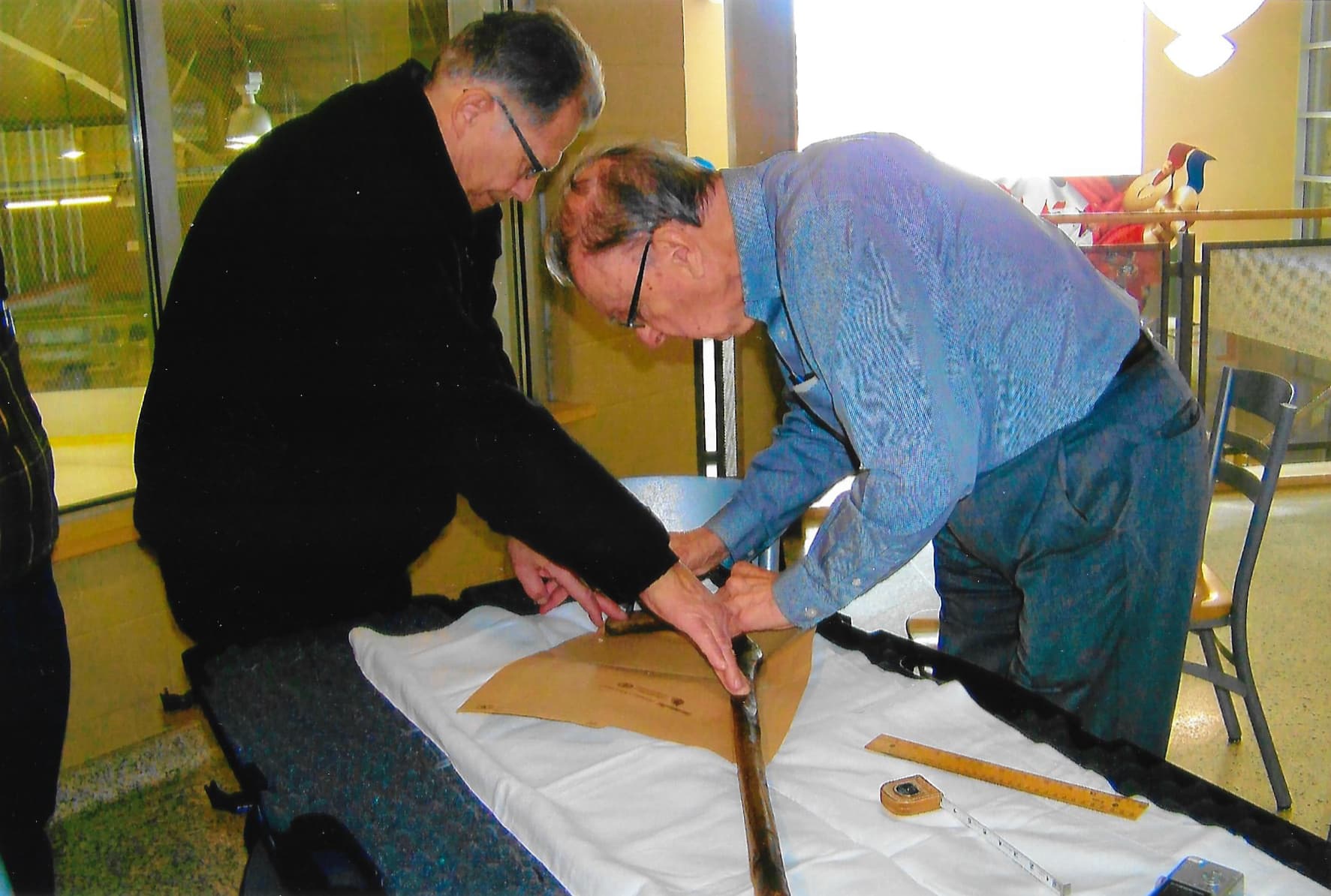
Germaine: The most interesting part of this stick was the analysis of the wood, which turned out to be hornbeam. It became extinct in the late 1800s to early 1900s.
Gary: And, to the best of our knowledge as of right now, there's no other old hockey sticks that have ever been identified as hornbeam, other than ours.
KG: Well the next step was to get it carbon dated, right?
Germaine: Mhmm.
KG: So that carbon dating suggests that the stick was made sometime between 1850 and 1875, making it one of the oldest hockey sticks in existence. What was your reaction, Gary, when you heard that news?
Gary: I stayed a little bit reserved until we could prove it. The funniest thing about the whole thing and investigating it is, Ed Grenda was at the International Hockey Hall of Fame in Kingston when we took it up there. And we carried it around in a gun case. And when I opened the gun case, he looked at me, and he says, "What is it with you people with old sticks? You all carry ‘em in gun cases!"
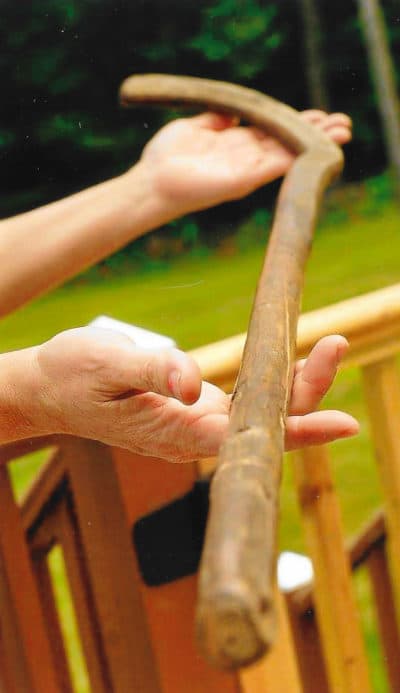
KG: I want you to take me to the moment when the appraiser told you what this hockey stick could be worth. Did they at least suggest that you sit down before they give you a number?
Germaine: No ... no.
KG: And, Gary, do you remember what your reaction was when the appraiser said $3.5 million?
Gary: Uh, I asked him if he was sure. I'd like to point out that that three-and-a-half million, that's only an insurance appraisal.
Germaine: Yeah. We almost lost it, too, coming back from Canada.
KG: What happened?
Gary: Well, when you go into Canada with it in a gun case, the Canadian officials don't even wanna see what you got in the gun case. And when you get to the border, the sign at the American customs, all it says is “All trucks stop here.” So, the first time we took it to Kingston, to Mr. Fitsell, he wanted to know what we had for paperwork. And I had one copy of a paper showing that we owned it. So I left it with him.
And when we came back, the New York authorities wanted to see what was in the gun case. And, when I showed ‘em, the first thing they said was, “Do you have papers showing that you already own that?” So I told him, I says, “I can go back and get a copy of it if you want.” And that's when he read me the riot act. That from now on, I had to stop at the New York authorities, show them what I had, get a paper — or, when I came back, they could assess me for an artifact, and I'd have to pay duties on what they felt it was worth. So that was a lesson well-learned.
KG: I just can't resist asking: You raised two children in that house with a $3.5 million hockey stick in the umbrella stand. How did it not get trashed? Did nobody think about taking it out for a game of pond hockey?
Germaine: They never looked in our umbrella stand. They didn’t care about umbrellas.
Gary: When the kids are going outdoors in a rainstorm, they don't grab an umbrella.
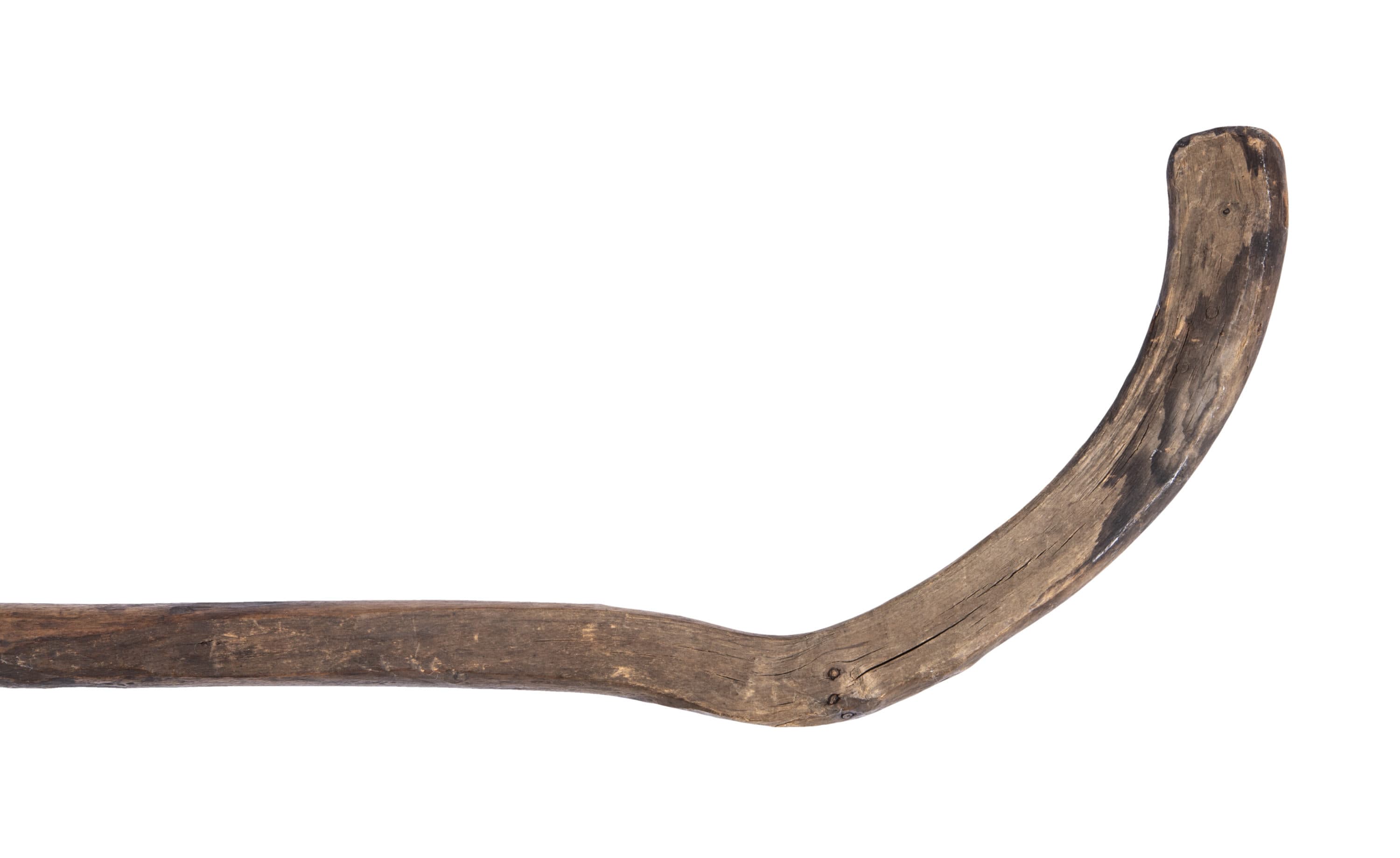
KG: So when the appraiser told you that the insurance value of this hockey stick was $3.5 million, was there any question of whether you'd be selling it or hanging on to it?
Germaine: No.
Gary: No. We decided, when we finished our research, we'd sell it.
Germaine: Yeah, we can't afford to keep it. We couldn't afford to insure it.
KG: We don't know yet how much it will earn this weekend. But do you have any plans yet for the money?
Germaine: The only thing we've talked about is funeral expenses.
Gary: Actually, half the money — if it sells, half the money goes to Germaine's brother.
Germaine: Yeah.
Gary: We're hoping that whoever buys it, it ends up in a museum where people can enjoy it.
Germaine: And let other people enjoy it, too.
KG: How are you both feeling? Are you nervous?
Germaine: A little, yeah. Yeah, we are.
KG: How about you, Gary?
Gary: Nothing's definite until it's sold.
Bidding ends on the Morse Stick Saturday, May 16 at 10 p.m. ET. You can learn more about that here.
This segment aired on May 16, 2020.
